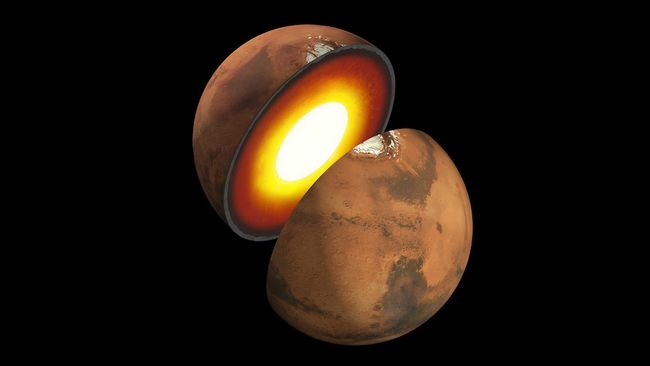New Marsquake study could shatter theories on how Mars was born
By Gemma Lavender 14 hours ago
"What is Mars made of and how was it formed? I think we are about to find out."

Mars' core has long thought to be comprised of iron-sulfur.
(Image: © NASA/JPL-Caltech)
A team of researchers at the University of Tokyo has revealed tantalizing details about Mars' seismic activity for the very first time in one new study. These results could make or break theories surrounding the Red Planet's origins and provide details about its composition.
The fourth rock from the sun might be one of the closest worlds to us — swinging between distances of 34 million and 249 million miles (55 million and 400 million kilometers), dependent on its position and Earth's position relative to our star — but it is often much safer and less expensive to investigate the Red Planet through simulations on Earth, rather than launch a spacecraft.
No one knew this more than Keisuke Nishida, an assistant professor at the University of Toyko's Department of Earth and Planetary Science, and his team, who delved deep into the Red Planet by mimicking the conditions in the planet's uppermost core with the help of a molten iron-sulfur alloy, which they brought to a scorching melting-point temperature of 2,732 degrees Fahrenheit (1,500 degrees Celsius).
Crushing the molten mix under a pressure of 13 gigapascals using a multi-anvil press, they were able to measure seismic activity. In this case, Nishida captured P-Waves traveling at a velocity of 15,354 feet (4,680 meters) per second through the alloy and snapped images of the action using X-ray beams from two synchrotron facilities: the Photon Factory, which forms part of Japan’s High Energy Accelerator Research Organization, and SPring-8 in Harima Science Park City, Hyogo Prefecture, also in Japan.
More:
https://www.space.com/marsquake-study-could-shatter-mars-formation-theories.html?utm_source=notification
